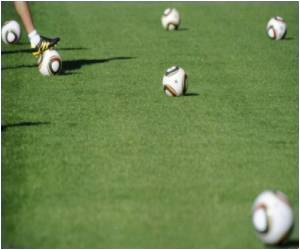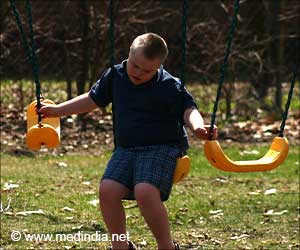American Academy of Orthopaedic Surgeons (AAOS) and the American Orthopaedic Society for Sports Medicine (AOSSM) have offered top safety tips to keep kids in the game and out of emergency rooms.

· Approximately 881,700 football-related injuries occurred in kids 5-18 years old
· Nearly 434,000 were treated for soccer injuries
· 99,884 were treated for cheerleading-related injuries
· More than 94,000 for volleyball related injuries
EXPERT ADVICE: Overuse injuries are the most common types of sports-related injuries," said AAOS spokesperson Michael S. George, MD, who specializes in sports medicine. "Often times the initial aches and pains felt during the progression of an injury are overlooked by young athletes. It's essential to teach them about the importance of informing a coach or parent about pain because an undiagnosed injury can become more severe in the long run."
SPORTS SAFETY TIPS
1. Have a pre-season physical examination and follow your doctor's recommendations.
2. Warm-up and cool down properly with low-impact exercises like walking or cycling.
3. Consistently incorporate strength training and stretching. A good stretch involves not going beyond the point of resistance and should be held for 10-12 seconds.
4. Hydrate adequately to maintain health and minimize muscle cramps. Waiting until you are thirsty is often too late to hydrate properly.
5. Keep an eye out for unsafe play surfaces. Playing grounds should be in good condition.
6. Don't play through the pain. Speak with an orthopaedic sports medicine specialist or athletic trainer if you have any concerns about injuries.
7. When participating, wear protective gear such as properly fitted cleats, pads, helmets, mouth guard or other necessary equipment for the selected sport.
8. Play multiple positions and/or sports during the off-season to minimize overuse injuries.
9. Pay attention to weather conditions such as wet, slippery fields that can lead to injuries.
10. Avoid the pressure to overtrain. Listen to your body and decrease training time and intensity, if pain or discomfort develops. This will reduce the risk of injury and help avoid "burn-out."
Source-Medindia











